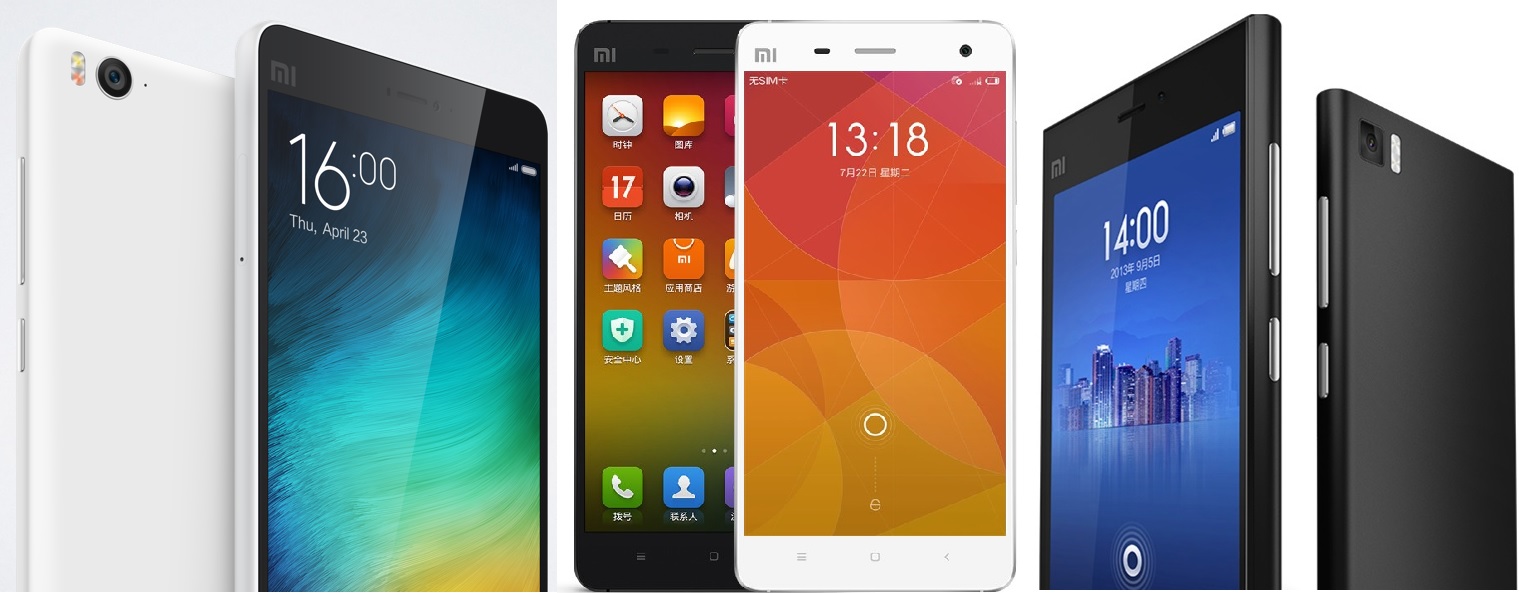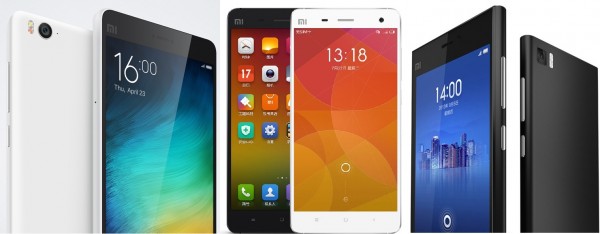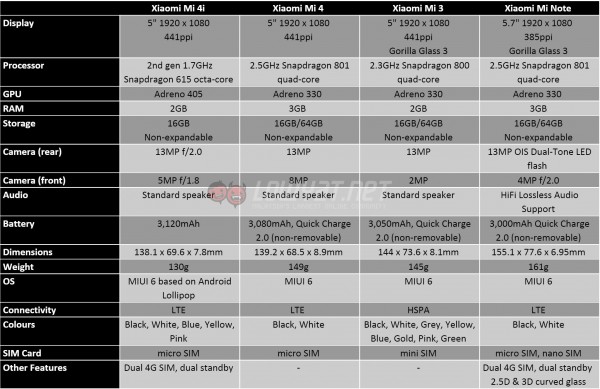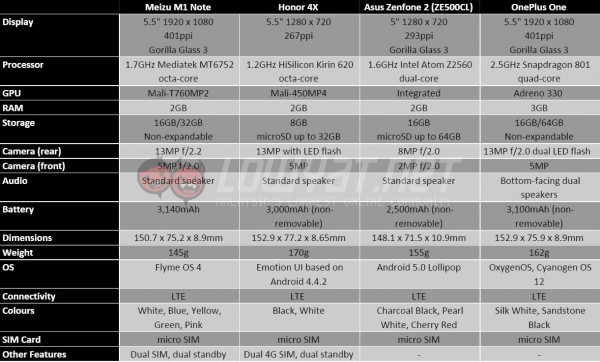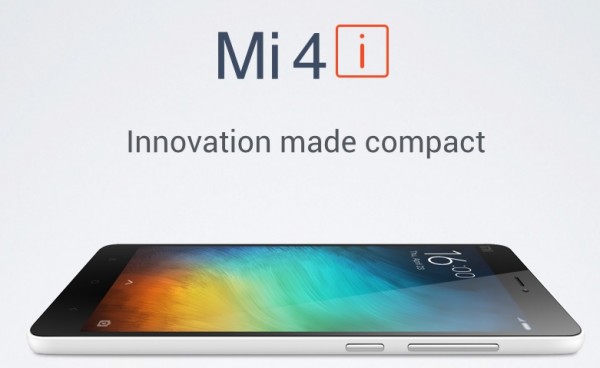Many were disappointed when Xiaomi announced that the Mi 4 will not make it to Malaysia. However, its plastic variant, the new Xiaomi Mi 4i, will arrive on our shores as early as next month. That being said, just how does it compare against its own family of products and other competitors?
In terms of hardware, the Xiaomi Mi 4i is equipped with a second generation Qualcomm Snapdragon 615 octa-core processor paired with 2GB of RAM, a 5-inch 1080p display, 16GB of non-expandable internal storage, a generous 3,120mAh battery, and LTE connectivity. With a retail price of 12,999 Indian rupee (about RM745), it offers plenty value for money.
Compared to its immediate family of devices, the Mi 4i is pretty on par with them. The Mi 4 and Mi 3 both have the same display size and resolution of the Mi 4i, although it doesn’t have the quick charge feature of the two devices while it has a slower quick-charge feature that lets it charge from zero to 40% in an hour, and a full charge in three. Of course, the Mi Note has a bigger 5.7-inch display, but it is also the least sharp display among these smartphones.
In terms of processor, the Mi 4i has a newer second generation 1.7GHz Snapdragon 615 octa-core chipset. The Mi 3, on the other hand, has a faster (albeit much older) Snapdragon 800 processor under its hood, while the Mi 4 and Mi Note are both powered by an even faster Snapdragon 801 SoC. That being said, it’s hard to say how well the second generation Snapdragon 615 performs, but strictly speaking, the Snapdragon 800 series of chipsets are reserved for high-end smartphones, while the 600 series are more for upper mid-range devices.
Things get a little more interesting once the Xiaomi Mi 4i is compared against devices from other manufacturers. The Honor 4X, for example, offers a bigger display and a microSD card slot that the Mi 4i lacks, which is quite a serious limitation. However, the Honor 4X’s display isn’t as sharp as the Mi 4i’s 441ppi display, although the 4X only retails at RM619 while Xiaomi’s new smartphone costs approximately RM745.
The other noteworthy competitors are the Meizu M1 Note and the cheapest variant of the Asus Zenfone 2. The M1 Note has a bigger display that is protected by Gorilla Glass 3 and a slightly larger 3,140mAh battery than the Mi 4i, although it’s worth noting that it doesn’t have dual 4G SIM support. The Zenfone 2, on the other hand, has a microSD card slot and a cheaper retail price of SG$249 (about RM670), but only has a 720p display and a smaller 2,500mAh battery.
Xiaomi touts the Mi 4i as a flagship device, and that is the very reason why we have decided to compare it against “2014’s flagship killer”, the OnePlus One. On paper, it does seem like the Mi 4i can take on the One, but it falls short in terms of display size and sheer processing power. Until we have an extensive review of the Mi 4i, it’s hard to say if it can really take on the OnePlus One. After all, on paper specifications don’t necessarily translate to real life performance.
In any case, Xiaomi’s latest smartphone is definitely a device that’s worth the attention it’s getting. The Mi 4i’s generous 3,120mAh battery is hard to beat by other devices, and if the retail price in Malaysia doesn’t differ that much from how much it costs in India, Xiaomi may have yet another winner with the Mi 4i.
Follow us on Instagram, Facebook, Twitter or Telegram for more updates and breaking news.


